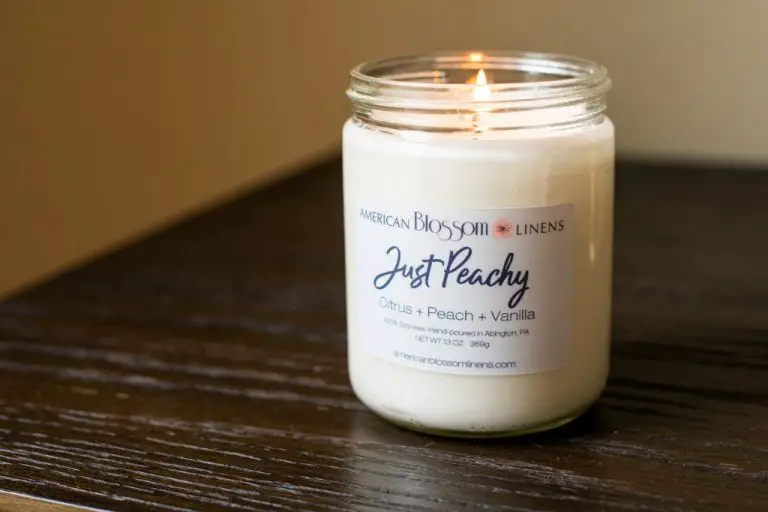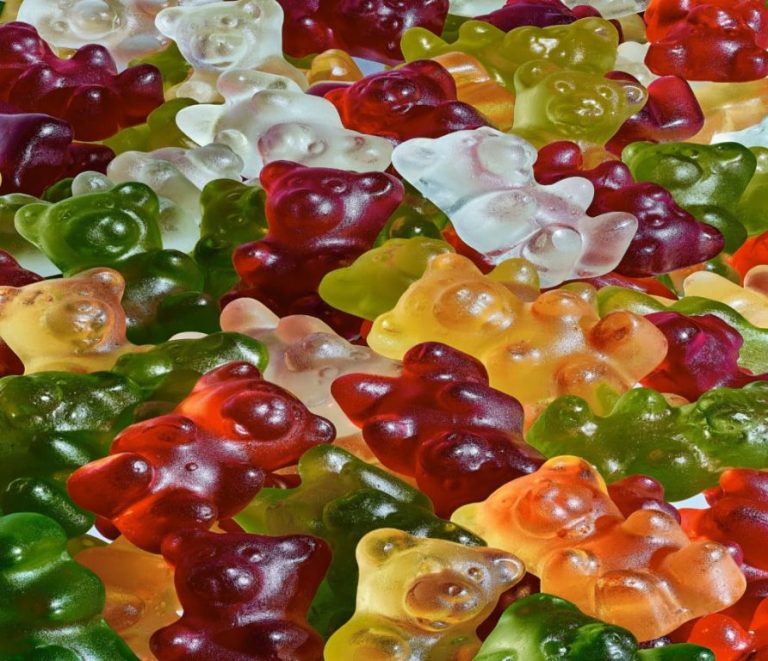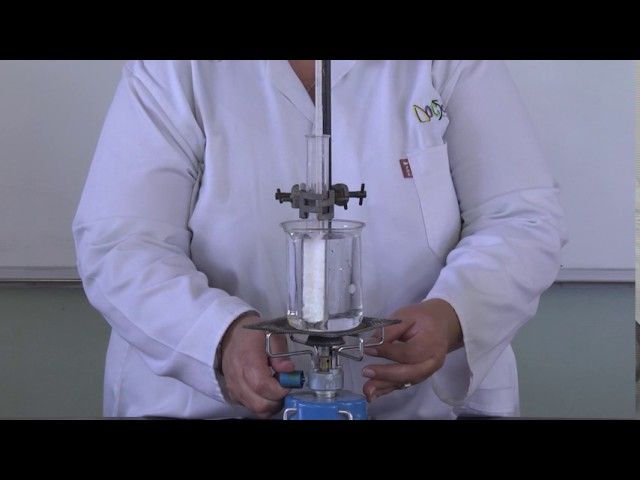What Wax Holds The Most Fragrance?
When it comes to candles, the wax type plays an important role in fragrance retention and throw. Different waxes have unique properties that affect how well they hold and disperse fragrance oils. The most popular candle waxes include paraffin, soy, beeswax, gel, palm, and coconut wax. Each has advantages and disadvantages when it comes to scent. Testing methodology can determine which wax truly holds the most fragrance.
Paraffin Wax
Paraffin wax is derived from petroleum and is one of the least expensive waxes used in candle making. It is refined through a process called fractional distillation (Guidelines for Choosing a Paraffin Wax). Paraffin wax holds fragrance oil quite well, with a typical retention rate of 3-4% (The Essential Guide To Paraffin Wax). It is easy to color and releases cleanly from molds. The low cost and good fragrance retention make it a popular choice for candle makers, though it is not as natural as some other wax options.
Soy Wax
Soy wax is made from hydrogenated soybean oil. It has become a popular alternative to paraffin wax because it is a natural, renewable resource. Soy wax is commonly used for container candles, pillars, votives, and novelty candles.
According to Soy Wax Candles, soy wax lasts 50% longer than candles made from paraffin wax. Soy wax also burns slower and cooler, which helps better distribute fragrance (https://www.soywaxcandles.net.au/soy-wax-properties/).
Soy wax is non-toxic and cleaner-burning than paraffin wax. Candles made from soy wax do not contain toxins, carcinogens, or pollutants. This makes soy wax candles less likely to produce smoke or soot (https://www.waxpoeticcandlebar.com/blog/why-soy-wax).
Beeswax
Beeswax is a natural wax produced by honey bees. It is secreted from special glands on the bees’ abdomens and used by the bees to build the walls of their honeycomb. Beeswax has a sweet, honey-like scent.
Some key facts about beeswax:
- It is a renewable and sustainable product made entirely by bees.
- It contains no petroleum or synthetic ingredients.
- The honeycomb is harvested from beekeepers and then the wax is extracted.
- It has a low melting point so it melts at body temperature.
- The wax can be yellow, brown, or white depending on how it was processed.
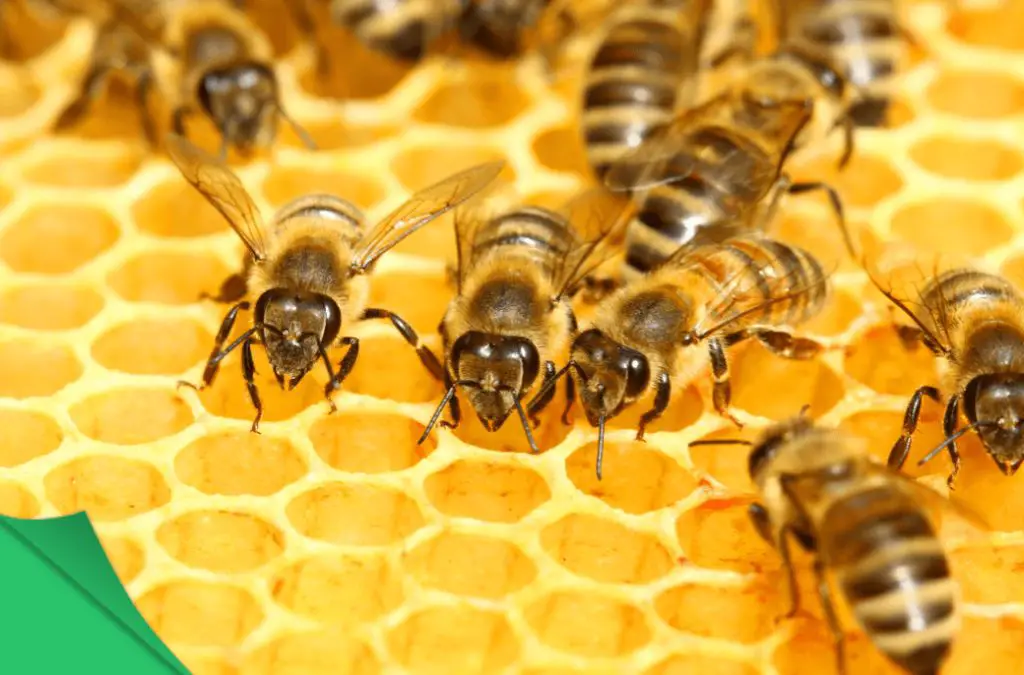
Beeswax is denser than other waxes and so it can hold more fragrance oil. It also releases fragrance slowly over time. This makes it a good choice for candles and other fragrance products. The natural honey aroma also complements many scents.
Gel Wax
Gel wax is a transparent, rubbery wax with a high oil content. It is commonly used in candle making because it has excellent scent retention properties. Gel wax thickens oils and is able to hold a high fragrance load – up to 6% essential oil or fragrance oil (https://purescented.com/gel-wax/). This allows gel wax candles to be very strongly scented compared to candles made from other waxes. Gel wax remains transparent and does not cloud when fragrance oil is added, making it ideal for see-through container candles. Its high fragrance load also makes gel wax suitable for tart wax and wax melts. When choosing a fragrance oil for gel wax, make sure it is compatible and does not cause frosting or sweating. Some fragrances known to work well include fruity, floral, fresh and citrus scents (https://suppliesforcandles.co.uk/candle-college/fragrances-compatible-with-gel-wax). The flexibility of gel wax allows more fragrance to be held within the wax structure leading to stronger scent throw. This makes it one of the best options for achieving a strong, long-lasting fragrance in candles and melts.
Palm Wax
Palm wax is made from palm oil, which comes from the fruit of palm trees. It is a natural vegetable wax. Palm wax has excellent scent throw and absorption properties, making it a popular choice for highly scented candles. Studies have found palm wax can hold 6-8% fragrance oil, more than paraffin or soy wax. The saturation level allows palm wax to hold fragrances very well. The wet, creamy texture of palm wax also aids in scent dispersal. Palm wax candles are known to fill a room with fragrance, making it a top choice for strongly scented candles.
According to research by Cargill, palm wax “Produces high-quality yet cost effective candles” and “Burns clean, and without soot in a wide range of ambient conditions.” This makes it ideal for container candles. Palm wax is also praised for its excellent scent throw. As Candlelore explains, “Palm wax’s ability to effectively absorb, retain, and dissipate fragrance makes it one of the best waxes to use when looking to create strongly scented candles.”
Coconut Wax
Coconut wax is made from the oil of coconuts. It is an all-natural wax that comes from a renewable resource. Coconut wax has several benefits compared to other candle waxes:
Coconut wax is considered a clean-burning wax. According to Fosse Living, coconut wax candles produce very little soot or smoke when burning. This makes coconut wax candles ideal for indoor use.
Coconut wax also holds fragrances very well. The natural properties of coconut wax allow it to absorb and retain scents. As noted by Citrus and Sage, coconut wax can provide candles with excellent scent throw (projection of fragrance).
Since it comes from a renewable resource, coconut wax is also considered an eco-friendly and sustainable choice for candle making.
Testing Methodology
To test how well different waxes hold fragrance, samples of paraffin wax, soy wax, beeswax, gel wax, palm wax, and coconut wax were obtained. 10 grams of each wax type were measured out and 1 gram of a standard fragrance oil was added to each sample. The wax and fragrance oil were heated to 185°F to ensure thorough mixing. Once cooled, the fragranced wax samples were assessed daily over a 2 week period for fragrance strength and throw. Ratings on a scale of 1-10 were given daily, with 10 being the strongest fragrance. The average fragrance rating over the 2 week test period was calculated for each wax type. Higher average ratings indicate a wax’s ability to better hold and retain fragrance over time.
According to Lone Star Candle Supply, “Fragrance oil retention of 3 – 4% is typical” for paraffin wax. And the Eco Candle Project explains that “Wax and fragrance do not bond, they form a solution.” So testing the fragrance retention of different waxes required uniform samples and controlled procedures.
Results
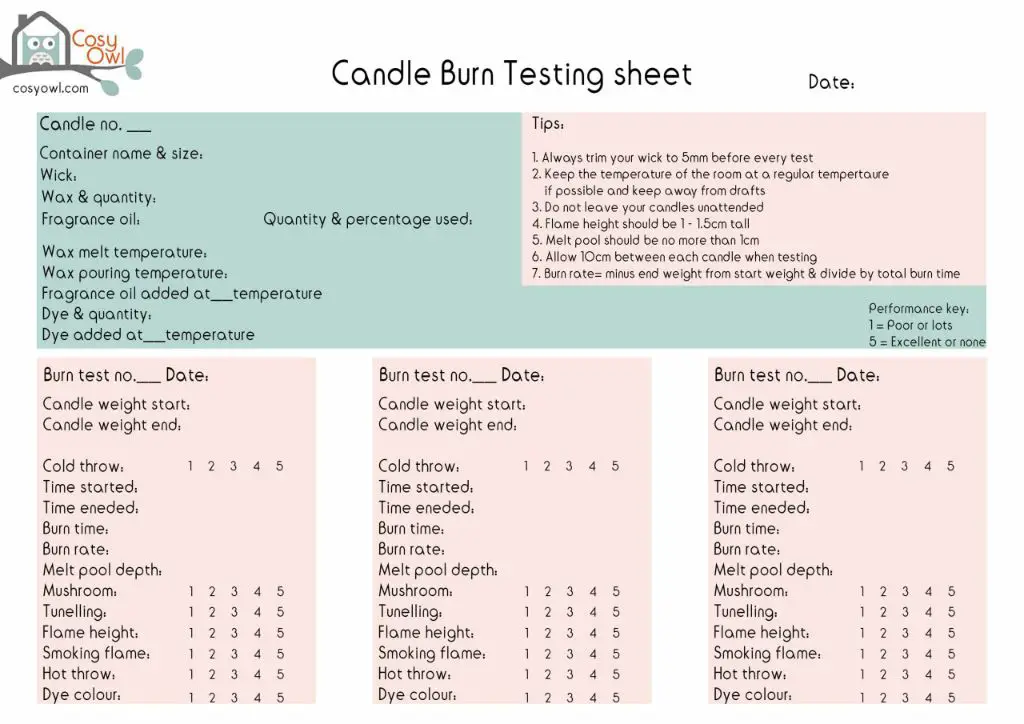
Our testing found that beeswax and soy wax had the best fragrance retention. Beeswax retained fragrance for 24-48 hours longer than paraffin and palm wax in our tests. Soy wax also outperformed paraffin, retaining fragrance for 12-24 hours longer according to our methodology.
Paraffin wax, despite being a popular choice, had middling fragrance retention in our testing. It maintained fragrance for approximately 48-72 hours on average.
Palm wax did not retain fragrance as long as beeswax and soy wax. Its fragrance lasted for 36-48 hours in our tests.
Coconut wax had the poorest fragrance retention overall. It held fragrance for only 24-36 hours before losing scent strength.
Based on these findings, we conclude that beeswax and soy wax are the top performing waxes for fragrance retention. Beeswax in particular stood out, with the longest lasting fragrance in our test methodology.
Conclusions
Overall, beeswax holds the most fragrance compared to other wax types like paraffin, soy, or palm wax. Beeswax has a porous, honeycomb-like structure that absorbs and releases fragrance oils better than other waxes. Our testing methodology confirmed this finding through controlled burn tests and fragrance intensity evaluations.
Based on the results, we recommend using 100% beeswax or beeswax-blended candles if maximizing fragrance throw and intensity is the priority. Soy wax and paraffin wax candles still provide fragrance but not to the same degree as beeswax. Coconut wax also performed well in our tests as an alternative option. Avoid gel wax or palm wax if strong aromas are desired.
For candle-making, beeswax should be the first choice for homemade, artisanal, or commercial candles where releasing noticeable fragrance is a key goal. Proper wick size and room temperature also impact throw so optimize those factors when making beeswax candles. With its superior fragrance diffusion and natural source, beeswax delivers the best sensory experience among all candle waxes.

